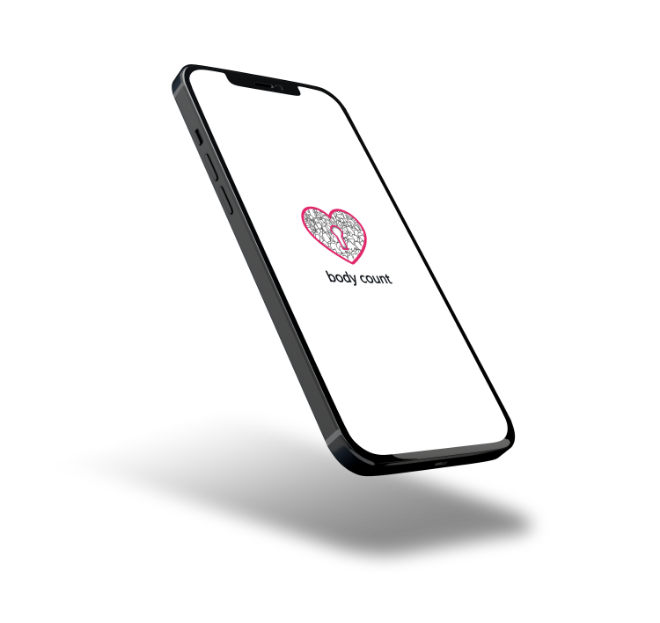

This mobile application is a body count mobile application that will provide users with a unique concept of holding a count of their body count experiences from day to day along with a social aspect by introducing a newsfeed section. In order to use the application users need to subscribe to the platform.
Combines anonymous social networking with a personal intimacy log—a rare and novel concept in the mobile app market.
Users can share and engage with others' experiences without revealing their identity, making it safe, open, and judgment-free.
The "My Experience" section allows users to track not only partners but also dates and possible health concerns in hindsight.
Body Count is a subscription-based app that lets users anonymously log intimate experiences and engage socially.
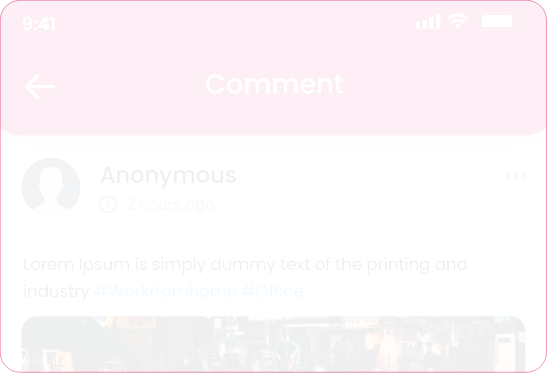
In the newsfeed section, users will be able to view various posts and polls just like any other social platform but
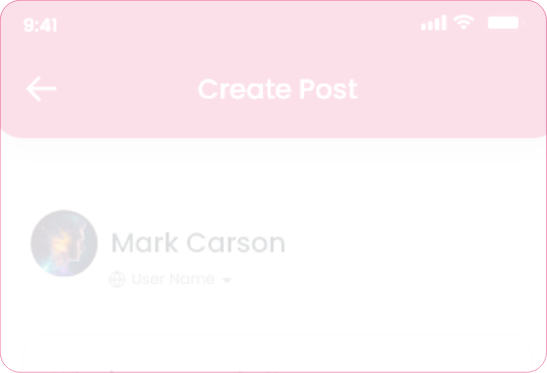
Users will be able to create posts by uploading content that they need to upload but the posts will be posted as
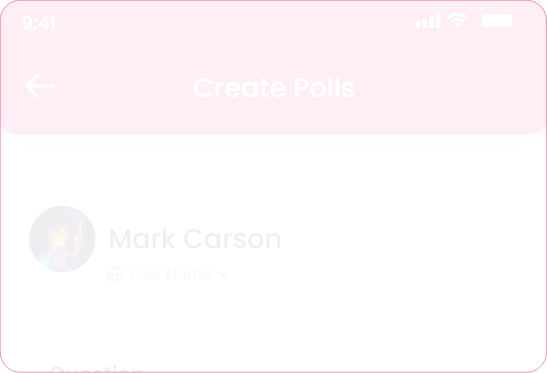
Users will be able to react, comment, and share any post they want but the reaction, comment, and sharing will
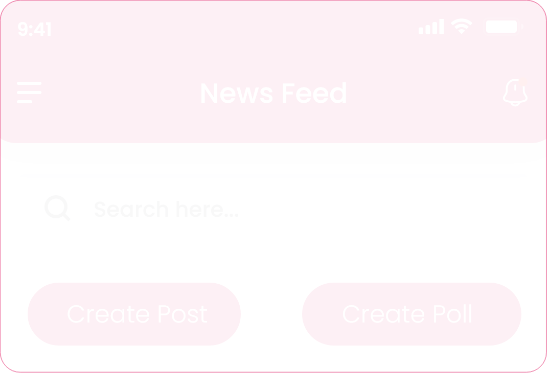
Users will be able to create various polls by uploading content that they need to upload but the polls will be
The steps taken from the preliminary development considerations to the final release of the app.
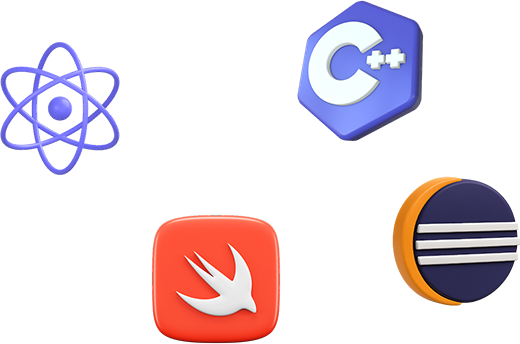
A brief overview of the target audience, their needs, and how the product is tailored to solve their specific problems or improve their daily experience.
An outline of the strategic and technical decisions made during development—platform selection, architecture, tools, and methodologies that shaped the foundation of the app.
A deep dive into the visual and user experience design—color schemes, branding, UI components, and how the design was crafted to be intuitive, engaging, and aligned with user behavior.
Details on how complexity was reduced in both user flows and functionality—ensuring ease of use, smooth navigation, and minimal learning curve across all user types.
Insights into the testing phase—how the app was tested with users, what feedback was collected, how bugs were resolved, and how usability improvements were made based on real user input.
An explanation of the systems or features used to monitor app performance, user behavior, and data insights post-launch—helping stakeholders track success and usage trends.
Describes the delivery process—how documentation, admin tools, or training were provided to clients or stakeholders, ensuring a smooth transition and operational readiness.
A section dedicated to the app’s future roadmap—plans for updates, new features, continuous feedback loops, and the long-term vision for evolving the platform.
Showcases the app’s unique selling points and differentiators—what makes it memorable, competitive, and valuable in its industry or market.
1
Who’s It For2
Choosing How to Build3
Designing the Look4
Making it Simple5
Testing & Feedback6
Keeping Track7
Handing Over8
Always Improving9
Helping It Stand OutPartner with CMOLDs and turn your app idea into reality with expert app developers and designers on deck!